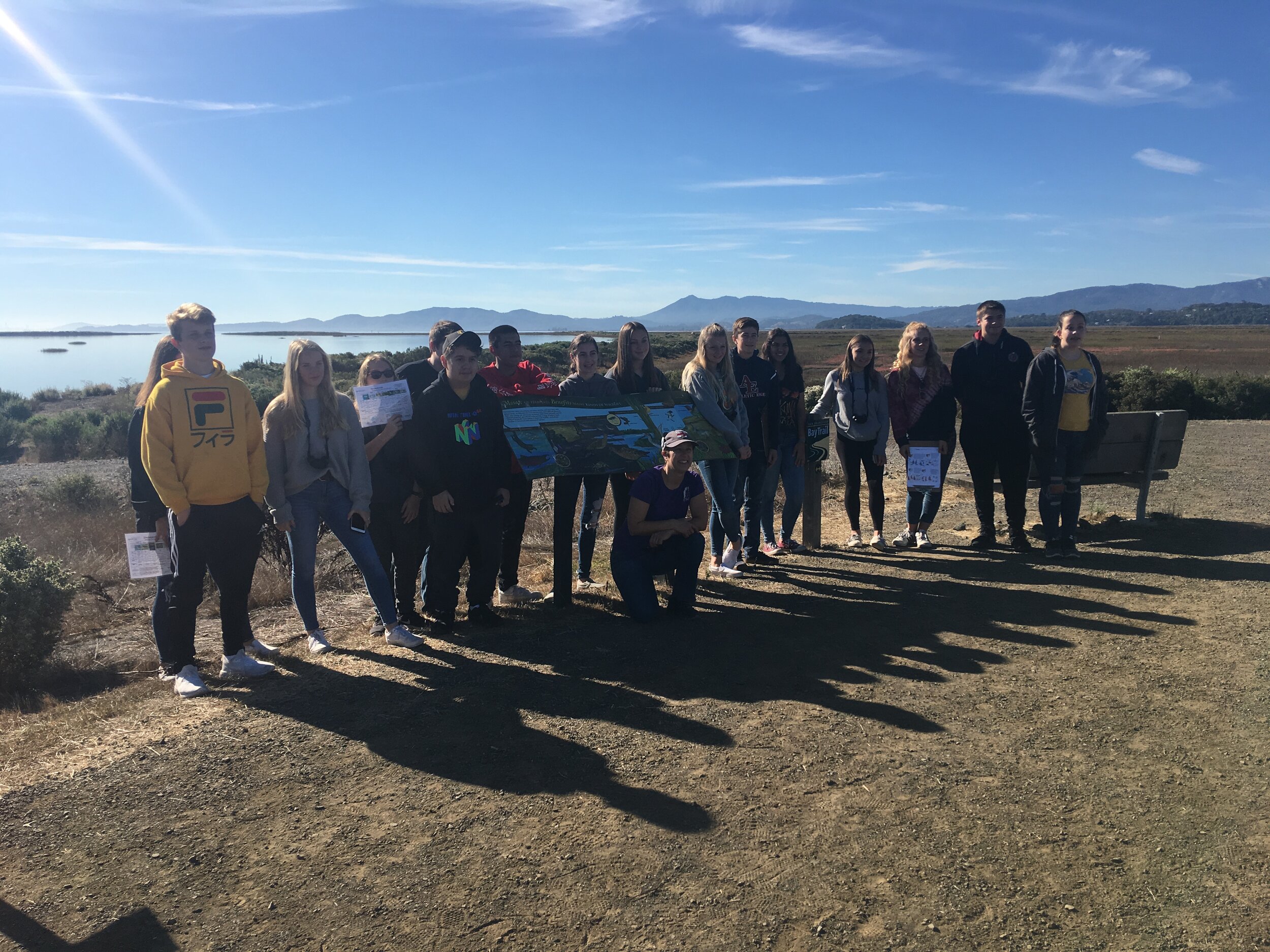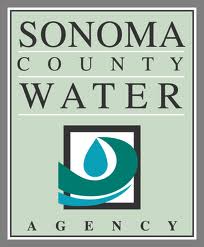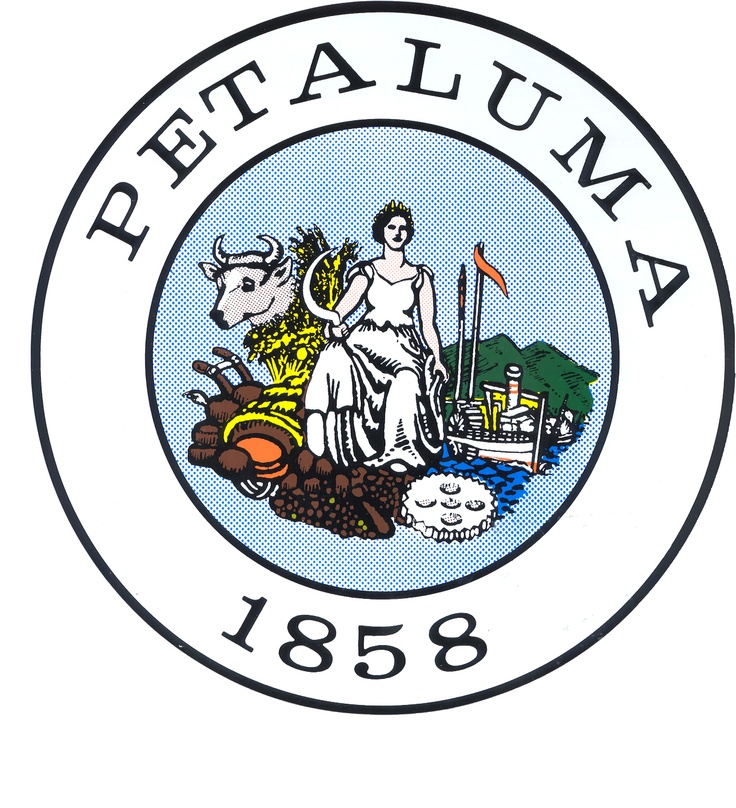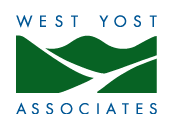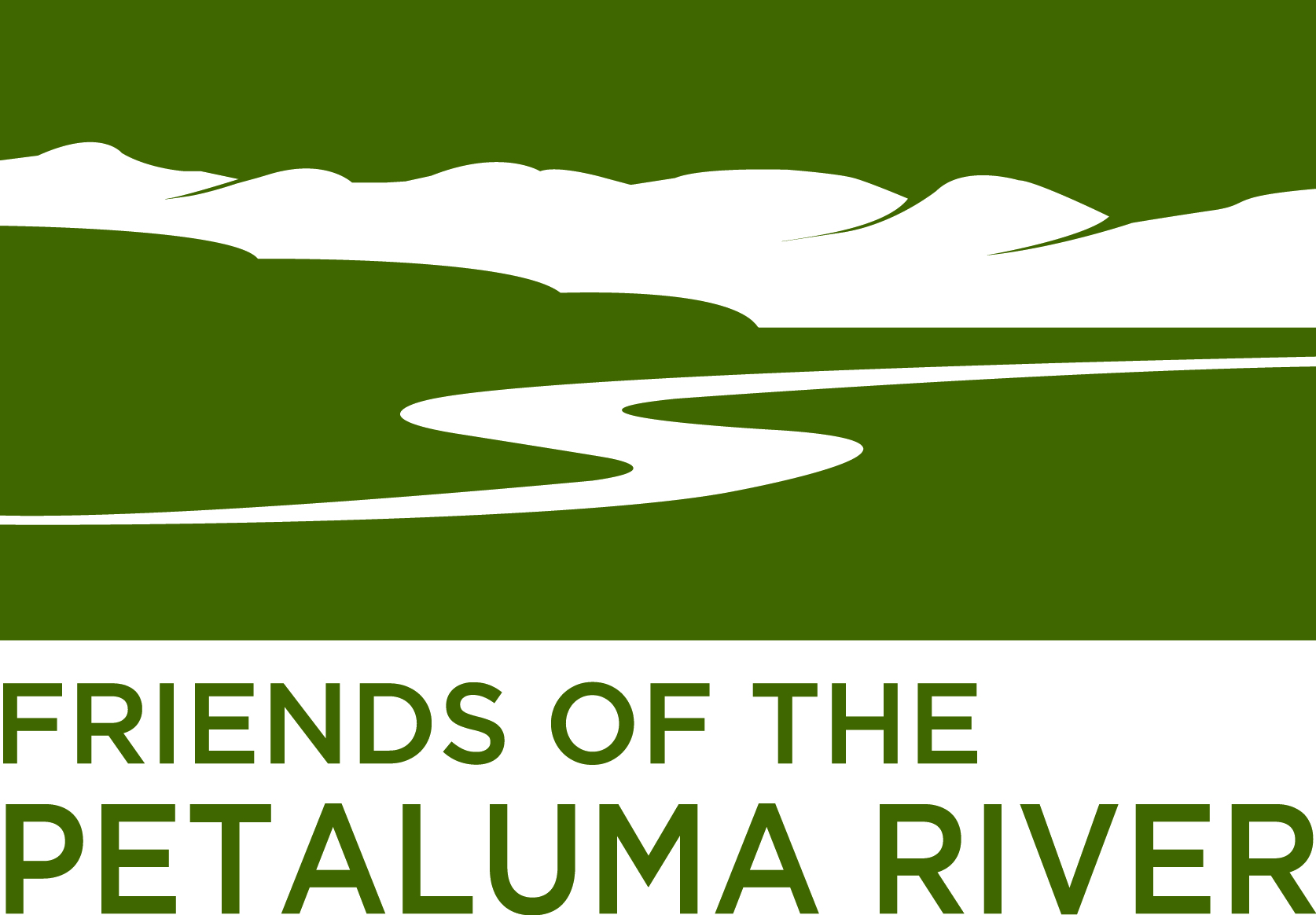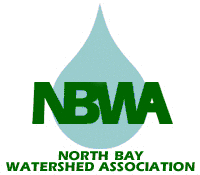Tabling at our Student Showcase
/As Watershed Classroom projects progress students produce and collect materials and data. These artifacts highlight different aspects of their project and are ideal for creating tabling displays. The tabling portion of the Student Showcase is held a half-hour before and after the students' presentations to the community. It is an opportunity for visitors to interact not only with students, but also with the materials gathered and displayed; it is a tactile, physical way to engage with each project.
In past years classes have displayed work samples and photographs on poster board surrounded by additional artifacts; another class transformed their table into a riparian plant identification quiz. While they differ in approach, class tables are a terrific way for guests to better understand the scope of each project.
Read More